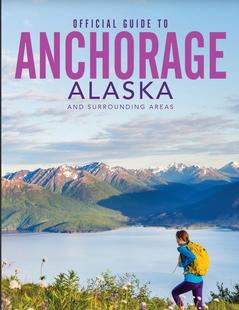Basics
- Class:
- Class I-III
- River Length
- 52 miles
- Time:
- 3 days
- Season:
- June to August
Description
The John River, located North of the Arctic Circle, originates at Anaktuvuk Pass within the mighty Brooks Range of Northeast Alaska. The John River is federally designated as Wild & Scenic, its headwaters protected within pristine snowfields of 8.7 million-acre Gates of the Arctic National Park and Preserve.
The John River flows southward through Gates of the Arctic and out of the park into the surrounding landscapes. The John River features a combination of active and ruined outposts along its length, a tribute to the staying power of settlers of these rugged lands.
The John River flows heavy with snowmelt earlier in its season, bumping its difficulty rating a notch. Tight river canyons become pushy and hydraulics surge, making a trip down the John River in late June or early July intermediate in nature. As the waters recede, the John River calms and becomes a splashy beginner fun run interspersed with calmer water.
The John River flows through an important migratory route for Western Herd Caribou, numbering over 250,000 individuals, which makes for excellent viewing of these amazing animals from the river. In addition to the Caribou, Bear, Moose, and Wolves are also commonly sighted along the river.
Trips down the John River generally originate in Fairbanks with a flight to the bush community of Bettles from which a floatplane drops visitors at Hunt Fork Lake or another lake close by. At the conclusion of the John River trip visitors end up at the Crevice Creek Homestead or at the site of Old Bettles township where they are picked up via vehicle and shuttled back to Bettles for return trip to Fairbanks via plane or vehicle.
Visitors to rivers in the high Arctic should be adventurous and open minded. The Arctic region is a harsh environment and can take a bit of tolerance from her visitors. Weather in the Arctic can range from 80 degrees and sunny to 40 degrees and raining to 20 degrees and snowing, all within an hour. During the summer months there is constant daylight in the Arctic region, a unique experience that should be factored into the trip planning. Gnats, mosquitoes and biting flies that see human visitors as a miraculous food source can also become an issue in the high Arctic. Proper measures should be taken by all visitors to the region to ensure their enjoyment of the experience. For those visitors willing to make the trip to the Arctic it is sure to be an amazing experience that will never be forgotten.














